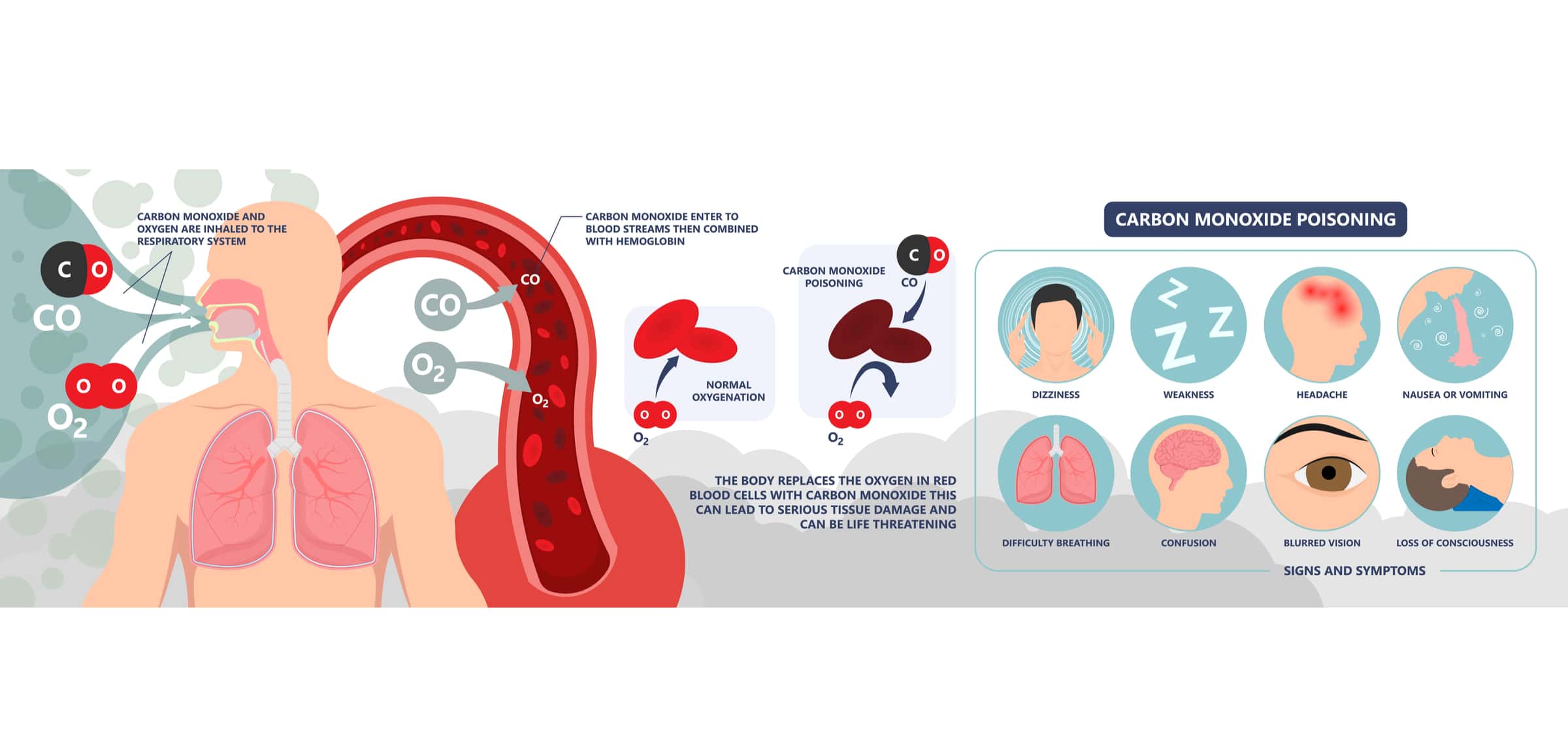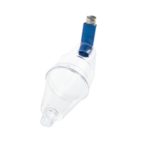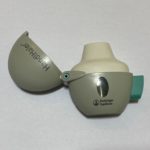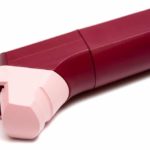Carbon monoxide poisoning is a risk many Nigerian face due to the common use of portable power generators because of the inadequate electric supply in the country. However, a lot of people including healthcare workers in Nigeria do not appreciate this risk. There is need for an awareness campaign on dangers posed by power generators in Nigeria and Medic drive is taking the lead in this awareness campaign.
What is carbon monoxide?
Carbon monoxide is a silent killer as it is poisonous even though you cannot taste or smell it. CO is produced by the incomplete combustion of hydrocarbon fuels that are used in gasoline engines which power many appliances in the home.
Hydrocarbon fuels can undergo either complete combustion or incomplete combustion but whether it undergoes complete or incomplete combustion depends on amount of oxygen available in the atmosphere.
When there is good amount of oxygen, complete combustion occurs. With complete combustion, carbon dioxide and water are produced while energy is released.
When there is small amount of oxygen available, incomplete combustion occurs. With incomplete combustion water, carbon monoxide and carbon are produced, and less energy is released.
Carbon Monoxide poisoning in Nigeria
There have been many reported cases of deaths caused by carbon monoxide in Nigeria. In the Obajana area of Kogi State the decomposing bodies of a man, his wife and two children were discovered at their home. Their death was suspected to have caused by the by fumes from a electric generator mounted inside the house. Three people have been were reported to have died in Benin as a result of inhaling generator fumes after they were found dead by the occupants of the adjoining flat. Another family of a man, wife and their four children were found dead in their apartment in Rumuosi community in Rivers State.

Where is CO found
Carbon monoxide can be found in the fumes produced by
- cars
- trucks
- electrical power generators
- stoves
- lanterns
- burning charcoal and wood
Carbon monoxide is a silent killer. It is a colourless, odourless, non-irritating and poisonous.
medic drive
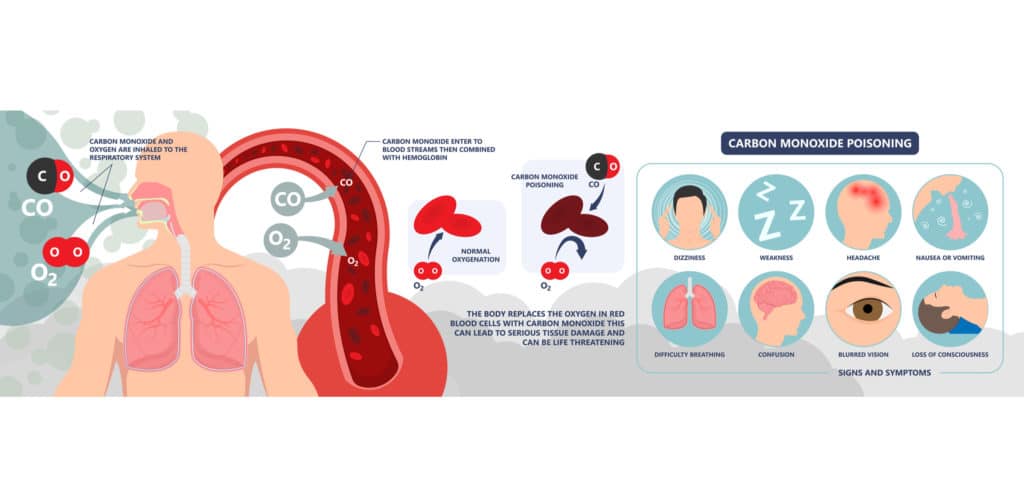
How does carbon monoxide cause harm?
When you breath in carbon monoxide, it enters your bloodstream and combines with haemoglobin to form carboxyhaemoglobin. Haemoglobin is the part of red blood cells that carry oxygen around your body so when it becomes carboxyhaemoglobin, it can no longer carry oxygen around the body. This leads to lack of oxygen which can cause the tissues and cells to die and ultimately to the person dying.
Symptoms of Carbon Monoxide poisoning
The symptoms of carbon monoxide poisoning include:
- Dizziness
- Weakness
- Headache
- Nausea and vomiting
- Difficulty breathing
- Confusion
- Blurred vision
- Loss of consciousness
How to prevent CO poisoning in your home
Carbon monoxide can kill the person while sleeping. This is why it is important to keep the home safe.
- Portable power generators should not be used indoors. Put them outside the house in a place that is at least 20 feet from windows or doors.
- Get all your fuel-burning appliances checked every year.
- Use stoves and grills outside.
- Have your car exhausts checked every year.
Carbon monoxide detector alarms
You can prevent harm and death caused by CO poisoning by having carbon monoxide detectors or alarms in your home. This will alert you if there is carbon monoxide in the air. Always buy these alarms from reputable sellers whose alarms are certified by a testing laboratory . You do not want an alarm that cannot alert you of the presence of CO. Follow the installation process and replace the batteries twice a year. Remember to test the alarm at least once a month.
Where should carbon monoxide detectors be placed?
As carbon monoxide is a little lighter than air and because it may be found together with warm, rising air, carbon monoxide detector alarms should be placed on a wall or ceiling that is about 5 feet above the floor.
It is not advised that you place the detector near or over a fireplace or any fire-producing equipment. Do not place the detector within the reach of children and pets.
If possible, use a separate detector on each floor. However, if you can afford only one detector, then keep it in rooms where you sleep and make sure the alarm is loud enough to wake you up.
My Carbon Monoxide detector is bleeping. What should I do?
If your carbon monoxide alarm starts beeping, do not ignore it. You and everyone in the house/place should leave immediately because exposure to carbon monoxide can quickly lead to health risks including heart disease or death. Go to the hospital immediately and tell the doctor that your carbon monoxide alarm was beeping.
About the author
Nwasom is a pharmacy graduate and a pharmacist currently practising in the United Kingdom. I have great experience communicating with patients and their family as gained through working as a pharmacist in both the hospital and community pharmacy sector. I love writing so it was a natural thing to try and pass medical and health information on through writing.
